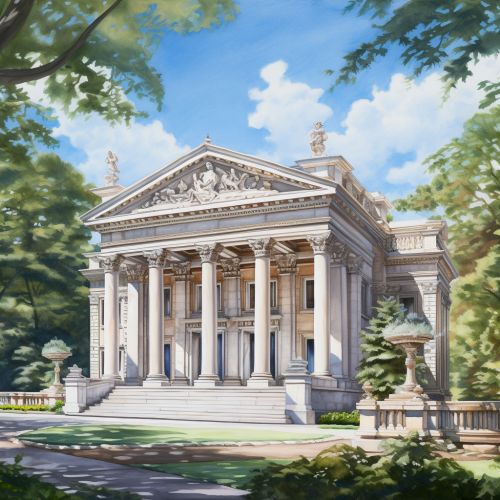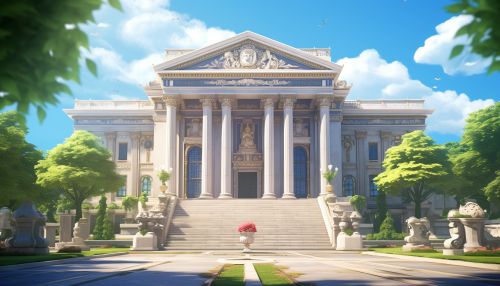Metropolitan Museum of Art
History
The Metropolitan Museum of Art, colloquially known as "The Met," is one of the world's largest and most important art museums. Founded on April 13, 1870, the museum opened to the public on February 20, 1872. The museum's permanent collection, housed in a complex of buildings in Central Park, includes over two million works of art spanning 5,000 years of world history. Its collections include paintings, sculptures, costumes, musical instruments, and accessories from around the globe.


Collections
The Metropolitan Museum of Art's collection is organized into seventeen curatorial departments, each with a specialized staff of curators and scholars, as well as six dedicated conservation departments and a Department of Scientific Research.
European Paintings
The collection of European paintings at The Met contains over 1,700 pieces, including masterpieces from the Renaissance period to the early 20th century. The collection is particularly strong in Italian and Dutch works, with notable pieces by artists such as Leonardo da Vinci, Rembrandt, and Vincent van Gogh.
American Art
The American Wing houses the museum's extensive collection of American art, including paintings, sculptures, and decorative arts from the late 17th to the early 20th century. The collection includes iconic works by artists such as John Singer Sargent, Mary Cassatt, and Winslow Homer.
Ancient Near Eastern Art
The Department of Ancient Near Eastern Art holds one of the world's most comprehensive collections of art from the ancient Near East, including works from Mesopotamia, Persia, and Anatolia. The collection includes a wide range of artifacts, from small amulets to monumental sculptures.
Arms and Armor
The Arms and Armor Department is home to one of the most comprehensive collections of its kind in the world. The collection spans from the early Bronze Age to the 19th century and includes arms and armor from Europe, the Middle East, Asia, and America.
Asian Art
The Department of Asian Art's collection is one of the most comprehensive in the West. It includes more than 35,000 objects, spanning 4,000 years of Asian art from East Asia, South Asia, the Himalayan kingdoms, and Southeast Asia.
Islamic Art
The Islamic Art Department's collection includes over 12,000 objects ranging from ceramics and textiles to miniature paintings and architectural elements. The collection spans the full breadth of Islamic lands and over 1,300 years of history.
Education and Research
The Met's commitment to education and research is central to its mission. The museum offers a wide range of educational programs and resources, from school and teacher programs to lectures, symposia, and workshops. The Met also houses a comprehensive art library and a conservation institute, which are vital resources for scholars worldwide.
Architecture
The Met's main building is a vast Beaux-Arts structure located on the eastern edge of Central Park. The building, designed by Richard Morris Hunt, is known for its grand façade and Great Hall, which leads to the heart of the museum. The museum also operates the Met Cloisters, a separate branch dedicated to the art, architecture, and gardens of medieval Europe.
